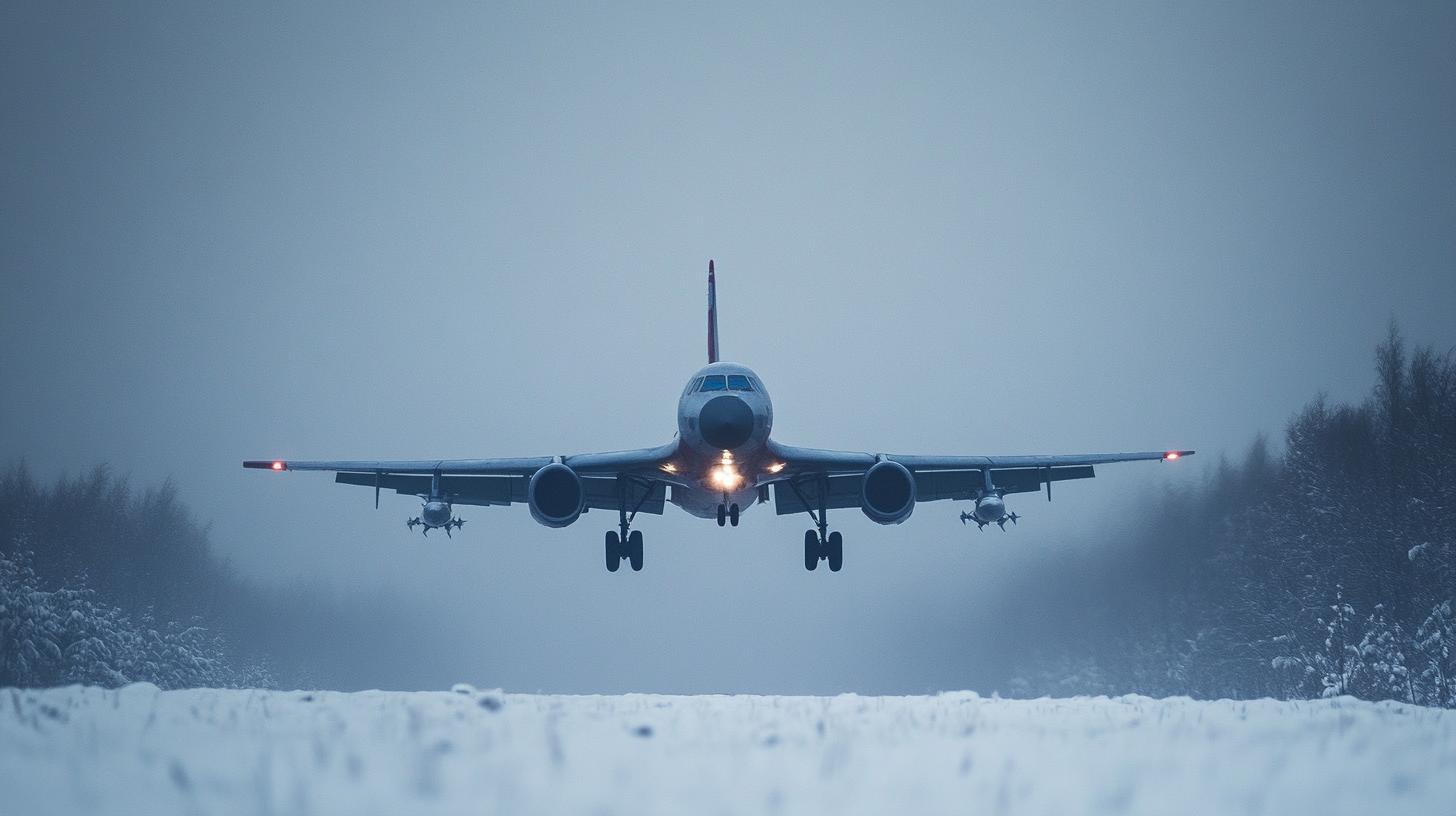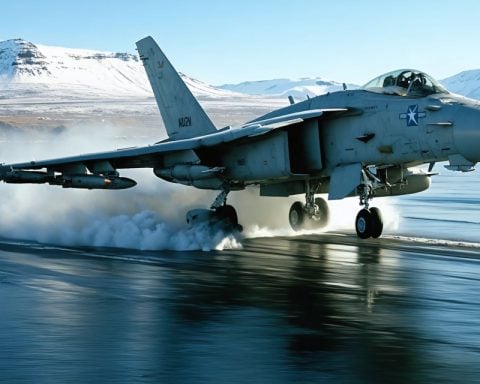In a recent airborne encounter, Norwegian F-35 fighters intercepted a Russian aircraft near the Finnmark region, a Norwegian area adjacent to Russia’s Murmansk Oblast. The incident, reported by various sources, unfolded on November 21 in international airspace close to Norway’s borders.
Rising Jet Activities
This development is part of a growing pattern of Russian reconnaissance activities in Northern Scandinavia, exacerbating regional tensions. Since the spring of 2024, following Sweden and Finland’s NATO accession, such incidents have reportedly increased.
The intercepted plane was identified as a Russian Il-20, known for its intelligence-gathering operations. After spotting the aircraft near Finnmark, the Norwegian Air Force swiftly dispatched F-35s from the Evenes base, which is located near Narvik.
Routine Operation or Escalation?
Norwegian Air Force officials described the interception as “routine,” yet acknowledged an uptick in such Russian aerial activities. This surge raises concerns about the geopolitical stability in the region, highlighting the strategic importance of these northern airways for both NATO and Russian forces.
This latest encounter adds to a series of similar events, including past interceptions by Polish F-16s over the Baltic Sea, reinforcing the delicate balance maintained in European airspace amid ongoing global tensions.
As air patrols become more frequent, the significance of these international waters and skies as a theater for global military maneuvering becomes clearer.
F-35 Interceptions: A Catalyst for Tech Innovations and Geopolitical Strategy?
Unseen Impacts on Technology and Human Progress
The recent interception of a Russian Il-20 by Norwegian F-35 fighters spotlights more than mere geopolitical tension; it hints at profound impacts on technological advancements and global strategies. The elevated presence of military aircraft in contested airspaces not only underscores the tactical importance of such regions but also accelerates the evolution of aerospace technologies and international military frameworks.
A Trigger for Technological Innovation?
Military encounters, like the one near Norway’s Finnmark region, catalyze advancements in aerospace industries. Countries invest heavily in stealth, surveillance, and countermeasure technologies to maintain strategic advantages. The F-35, for instance, is renowned for its advanced radar and combat capabilities. Such incidents underscore the need for continuous innovation, inspiring breakthroughs in engine efficiency, sensor accuracy, and autonomous flight technologies.
This escalation in aerial encounters could propel developments in drone technology, cybersecurity defenses to protect military communications, and AI-enhanced data analysis systems for faster intelligence processing. As great powers vie for technological superiority, the ripple effect may result in commercial by-products that benefit humanity, such as improved avionics in passenger aircraft, advanced remote sensing for climate monitoring, and enhanced emergency response tools.
Advantages and Disadvantages
The advantages of these military activities are mixed. On one hand, they push technological boundaries, leading to significant civilian applications and economic growth. Additionally, such technological superiority can act as a deterrent against potential aggressors, maintaining peace through strength.
On the downside, the constant evolution of military technologies consumes vast financial resources that could be allocated to human welfare programs. Moreover, the international tensions arising from these encounters can spark conflicts, presenting risks far beyond technological advancements.
Controversial Questions
Are these technological advancements worth the geopolitical risks? As countries like Norway and Russia engage in such high-stakes chess, the international community grapples with balancing defense needs with peace efforts. Could these encounters inadvertently lead to a new form of cold war, fought with algorithms rather than missiles?
Sustainable Future Amidst Rising Tensions?
Navigating this complex landscape requires diplomatic finesse and technological collaboration. The question remains whether humanity can leverage these innovations for mutual benefit or if they will only serve to deepen divides. Engaging in multilateral discussions and treaties might pave the way for a sustainable balance where technology enhances security without prompting conflict.
For further insights into global aerospace developments and geopolitical strategies, you might explore specialized resources like Lockheed Martin or delve into security analyses on NATO’s official website.







